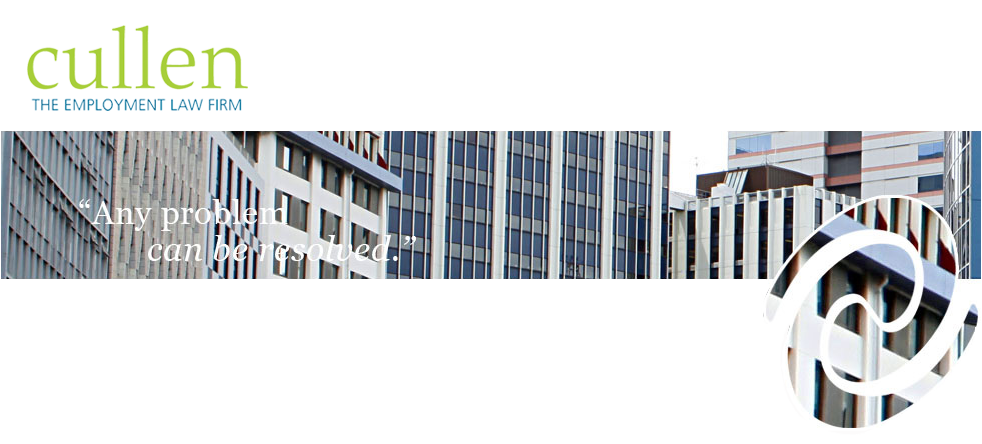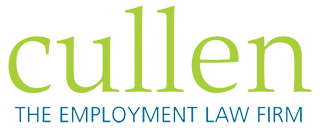Communicating with your workmates during the Covid-19 lockdown has its challenges
9 April 2020

The work environment for many people looks very different than it did a month ago.
Many New Zealanders are now working from home in accordance with Government guidance and restrictions during the Covid-19 coronavirus national lockdown.
Many employees have shifted from their office to their home office - whether that's in a bedroom, a study or the kitchen table.
Meetings have shifted from boardrooms to video conferencing. Gone are the days of popping over to someone's desk to "ask a quick question".
Instead, with remote working comes remote communication. For many this has meant an increased reliance on their normal channels of communication, such as phone calls, texts and emails. Other workplaces have utilised instant messaging systems to speed up internal communication.
Undoubtedly technology has made it easier for people to communicate, in the workplace or otherwise.
From a practical point of view, any employer or worker knows that communication is essential to get things done. It also forms a key pillar of the employment relationship.
Both employers and employees are bound by the mutual duty of good faith. This requires them to be active, constructive, responsive and communicative.
Therefore, clear channels of communication should be established and used by employers and employees. If these channels are new, such as new computer programs or applications, employees should be supported in accessing these and learning how to use them.
However, sending more regular emails and having catchups over the phone doesn't guarantee clear and open communication between employer and worker.
With technological ways of keeping in touch comes the loss of non-verbal communication and cues. It is often quoted that over 90 per cent of all communication is non-verbal, with much of communication being conveyed by vocal tone and body language.
It is easy for a joke or sarcastic comment in an email to be interpreted literally, or a quick text response to be misinterpreted as being aggressive or rude. Such miscommunications could have been avoided if accompanied by non-verbal cues like a smirk, or a stressed tone of voice.
For example an Auckland accountant Vicky Walker who was dismissed for incompatibility, for various aspects of her communication style. One of these aspects was the way she wrote her emails.
They contained a lot of red letters, bolded words, capitals and exclamation marks that were interpreted as "shouting". The accountant said she intended the formatting to emphasise points not to be missed, not as shouting.
Ultimately, her communication style was found to have an adverse effect on the running of the company. In conjunction with a number of incidents involving uncompromising and irrational behaviour, this was found to be sufficient basis for a dismissal.
Would you interpret big bold red words in an email as aggressive shouting or would you view it as helpful emphasis? Sometimes what seem to be the most obvious of conventions to us can be unfamiliar to others. Perhaps patience is needed as people come to grips with different digital communication styles.
Even with more interactive tools like video conferencing, communication is different to speaking in person. A speaker on a video call can mute themselves, full body-language can't be seen and the person's behaviour before and after a meeting aren't seen - for instance if they are stressfully pacing before the call, or storming out afterwards.
The lack of non-verbal cues should not be disregarded. During this lockdown, many people may be feeling anxious, stressed and socially isolated. It is much easier for an employer to identify when an employee is stressed or struggling when they can see their behaviour and body language in person.
An employer's health and safety obligations still apply during lockdown while workers work from home. This includes the duty to ensure the worker has a healthy and safe workplace, so far as is reasonably practicable.
Accordingly, Employers ideally should make additional efforts to check in on how staff are doing as they can't rely on non-verbal hints. Regular one-on-one check-ins and team meetings, preferably via video call can assist to check in on employees, ensure that they are healthy and safe and that work is not causing undue stress. Similarly, employees should report any issues they are having directly to their manager.
Employers should also make a more conscious effort to ensure messages are accurately conveyed and received. If raising a performance issue, ending the email with smiley emojis may make the employee think the matter isn't serious.
On the other hand, if an employer is concerned about a worker's health and safety, it may be better to have a video call catch up with the employee to check how they are doing, rather than sending an email raising concerns of their health and safety, which may be viewed as more serious than it was intended.
These are challenging, unprecedented times and ways of working have rapidly changed. It is important that we all consider the possibilities and drawbacks of our new remote workplaces and what that means for everyone involved.
Good, clear communication is critical during these worrying times.


